
Click on image to enlarge.
Maybe you heard there was an Apple event? And a new phone, the iPhone Xs? And I’m guessing you saw a gazillion media stories, too, about how darn expensive it was, right? That’s actually a major pet peeve of mine — the lamestream media just cannot let go of that same tired old line. Who can afford these things? How will people ever pay that much for a phone? Blah, blah, blah. Well, you know how it always turn out. Um, Apple does okay.
Three things make that lame media line pathetic. First of all, it isn’t just a phone — it’s a supercomputer. (Do you know what those used to cost? Meaning the equivalent computer power, not that long ago.) Second, it’s the computer you use the most, if you’re like most people. (And for some people, it’s their only computer.) From that perspective, the iPhone is downright cheap. Have you ever paid multiple times the cost of an iPhone for a computer? One that won’t fit in your pocket. I sure have.
And, third, hardly anyone pays for an iPhone upfront, anyway. Small monthly payments make it like a utility. Less money than what many people spend monthly at Starbucks.
So, now that I’ve totally destroyed that meme, I’ll get to the point of this post… 🙂 And that is this: not only is the iPhone Xs a bargain, but it is by far the best smartphone out there, ever, because of what powers it: the A12 Bionic chip.
Here’s what some very smart journalists say on that subject:
Stephen Shankland, CNet (“A12 chip gives Apple big advantage over rivals“):
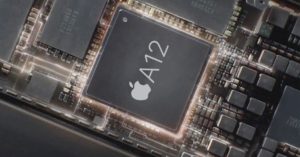
Click on image to enlarge.
The A12 is the industry’s first chip to be built using a 7-nanometer manufacturing process. A nanometer is a billionth of a meter, so when Apple moved from the A11 chip’s 10nm process to the A12’s 7nm, it meant the company could stuff twice the number of circuit elements called transistors into the same surface area. In the case of the A12, that’s 6.9 billion transistors.
You don’t necessarily need to understand the nuances of transistor sizes or just how small a nanometer really is. The bottom line is that the advancement will let the iPhone XS and XS Max run graphics 50 percent faster than 2017’s iPhone X, while artificial intelligence software will work 8 times faster. And perhaps most important, your battery won’t get drained.
The A12 “is so far ahead of the industry that it will still be competitive with the best Android smartphones in two years, and massively more powerful than lower-end phones,” said Stratechery analyst Ben Thompson.
The real advantage of the 7nm process is that Apple can do it all without flattening your battery. “The lower power can extend battery life or allow Apple to push the performance up by 20 percent when the user needs the extra boost,” said Linley Group analyst Linley Gwennap.
The chip industry has been in a pickle for more than a decade as the previously steady progress in ever-faster processor clock speeds sputtered. That’s forced chipmakers to figure out other ways to try to make chips better, because no longer does the same software automatically run faster with each new chip generation.
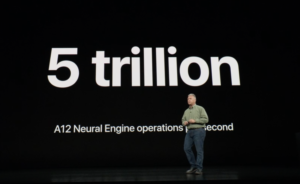
Click on image to enlarge.
Special-purpose circuitry has been one primary coping mechanism. First came graphics processing units, or GPUs, which accelerate not just gaming effects like hazy air and gleaming chrome, but also physics calculations that make explosions look real. Apple’s A11 chip had three GPU engines called cores, but the A12 has four.
More recently, chipmakers have begun adding chip technology to accelerate artificial intelligence chores. AI — also called machine learning and neural networks these days — can let devices understand speech commands, take better photos and recognize unhealthy heartbeat patterns. The A12’s built-in AI circuitry can perform 5 trillion operations per second, an eightfold increase over the A11.
Apple is in a strong position compared to some phone rivals because it controls not only the processor but the operating system and other software like speech recognition and photo apps. The company can ensure all the parts of the system work well together.
——–
Om Malik, Partner, True Ventures, and Founder, GigaOm (a portion of his notes on the Sept 12 Apple Event):
That new shiny new A12 Bionic chip with more cores in its neural engine, ability to do way more with its GPU and CPU… seriously— this is the most impressive work…. this is some chip nerd nirvana. Here are some facts about the A12 Bionic. It has:
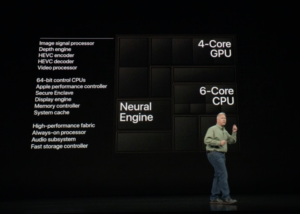
Click image to enlarge.
• 6.9 billion transistors.
• Two high-performance CPU cores deliver 15% more speed and 40% greater efficiency compared to the A11.
• Four other CPU cores are 50% more efficient than those on the prior chip.
• Six-core GPU designed by Apple. It is 50% faster than the block on the A11.
• New neural engine sports eight cores, versus two in the A11, giving it a nine-fold performance bump vs. A11.
• CoreML machine-learning framework can hit 5 trillion operations/sec, versus 600 billion ops/sec on the A11 using one-tenth of the energy.
What does all this mean? This is the first serious edge-computing device with more oomph than many laptops. The neural engine can now do a lot of those things Google does in the cloud — on a device. When it comes to automatic video editing and stuff such as the identification of faces, we are going to see the power of this chip. The gaming demos and the ARKit 2 demos, should be enough of a clue as to what this new chip can enable… there is something special about the iPhone Xs. And that’s Bionic!
——–
James Vincent, The Verge (“A12 Bionic chip ‘the smartest and most powerful chip ever in a smartphone’):
The end result should be the same as ever: faster apps… More tangible, though, will be the new functionality enabled by this sort of processing muscle. Particularly apps that use the company’s machine learning framework, Core ML, which the new A12 Bionic runs nine times faster than last year’s chips.
——–
Rick Merritt, EE Times, in his report after the Apple event:
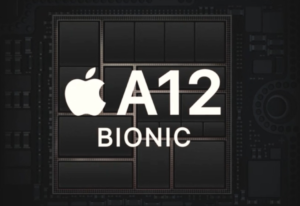
Click on image to enlarge.
The (A12’s) performance will speed a variety of operations, including unlocking the phone using Apple’s facial-recognition software. It also enables a new capability to group multiple Siri functions into shortcuts.
Third-party developers showed applications using Apple’s CoreML and ARKit 2 frameworks to enable new features supported by neural nets. They included Homecourt, an app tracking six metrics of basketball performance in real time, as well as new features in mobile games using augmented reality.
“The A12 is a game changer,” said Tim Bajarin, a veteran Apple watcher and president of Creative Strategies…
The iPhone XS and XS Max include dual 12-Mpixel-wide and telephoto cameras… (which) support a variety of features, including HDR10 and adjustable depth-of-field, relying on an image processor and the neural engine in the A12. “This is a new era of computational photography,” said Phil Schiller, Apple’s vice president of marketing.
——–
I didn’t need any more convincing than that, plus what I saw with my own eyes watching the live stream of the event. I ordered up an iPhone Xs Max as soon as I could, to replace my iPhone X, which I got in late 2017. I’m on the iPhone Upgrade Program, so the process is easy. I make monthly payments for my phone, automatically deducted from my business account, and I can upgrade to the latest model once per year. The net upcharge for me this time? Only five dollars more per month! … to get all the amazing new features and performance of the iPhone Xs Max. (I also had to pay off a small balance on my previous contract, as I was two months shy of a year with the iPhone X.)
It was the No-Brainer of the Century for me! And my new iPhone arrives within about two weeks.
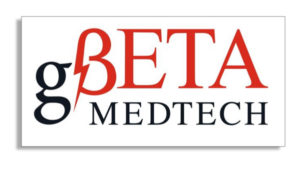 related software, biotech, and diagnostics startups. In 2018, it successfully ran three — count ’em, three! — cohorts of six startups each. So, yes, it prepared a total of 18 healthcare-related startups, from Minnesota and beyond, to go out and raise money, continue their product development, build out their teams, and start hitting their milestones. And it did all that very, very well.
related software, biotech, and diagnostics startups. In 2018, it successfully ran three — count ’em, three! — cohorts of six startups each. So, yes, it prepared a total of 18 healthcare-related startups, from Minnesota and beyond, to go out and raise money, continue their product development, build out their teams, and start hitting their milestones. And it did all that very, very well.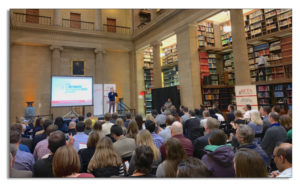
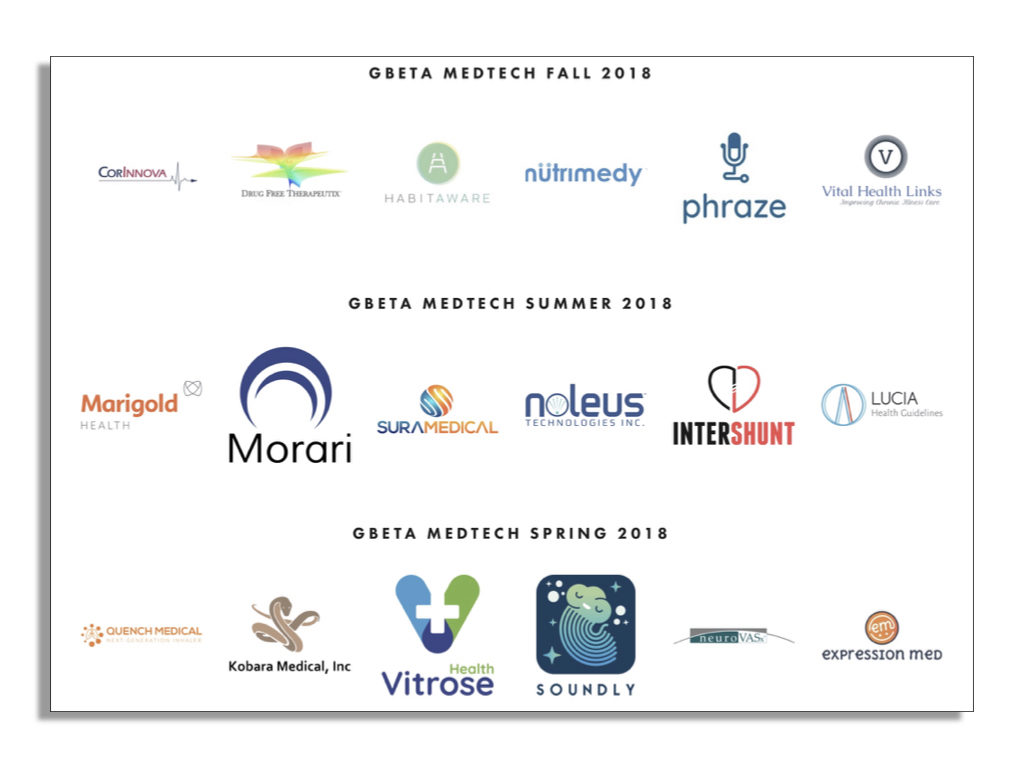





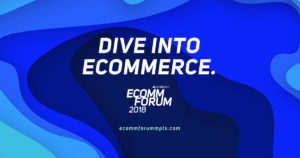


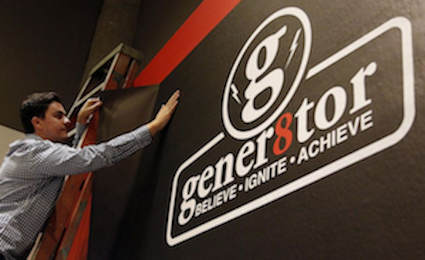

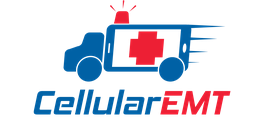






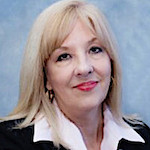
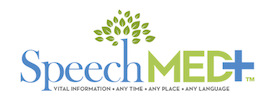
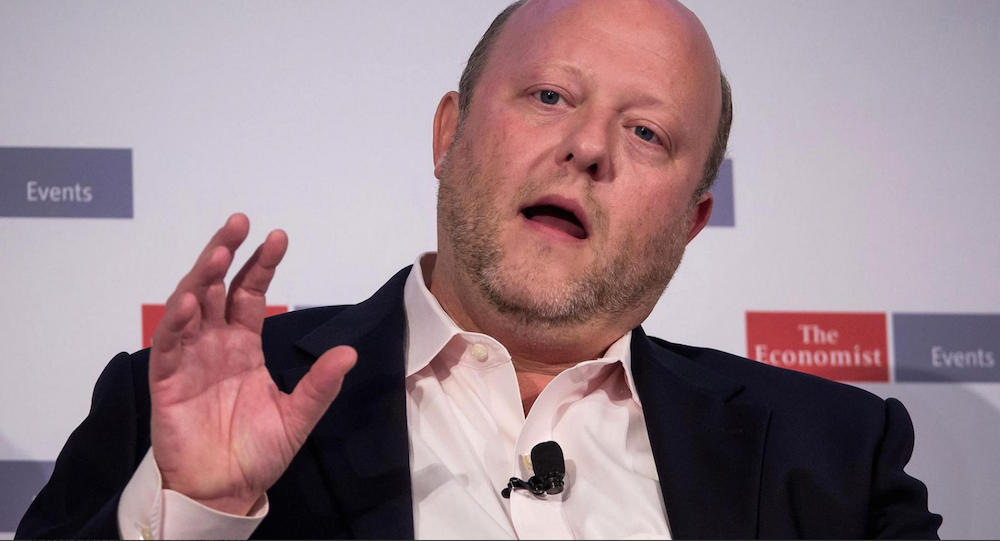
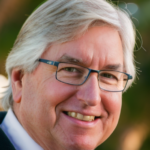
Recent Comments